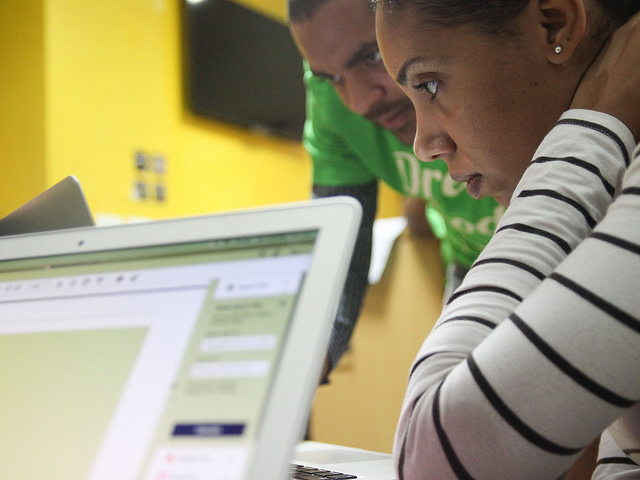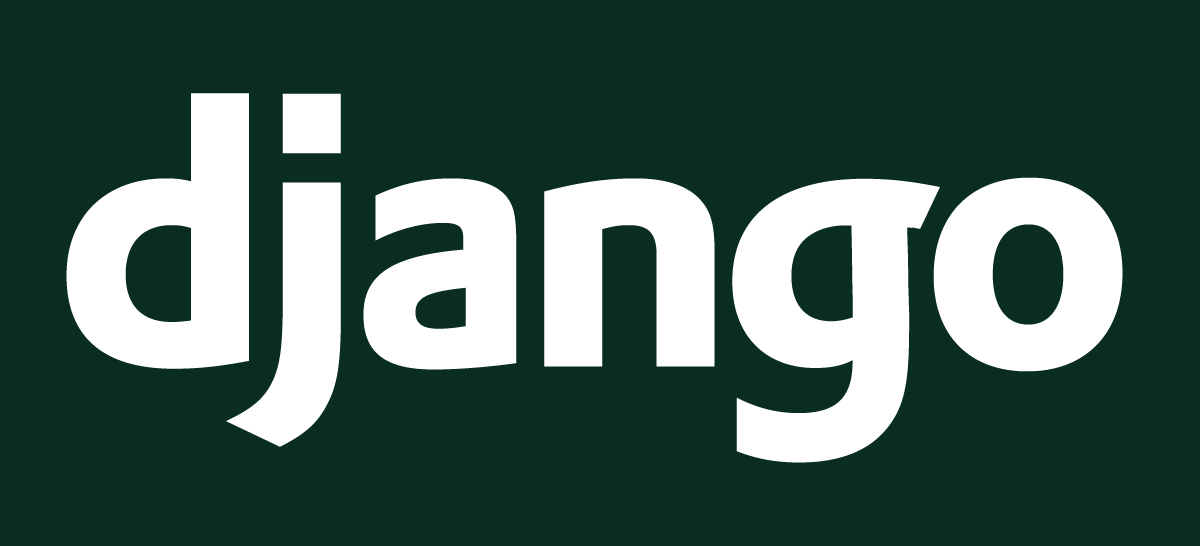Template extending
Another nice thing Django has for you is template extending. What does this mean? It means that you can use the same parts of your HTML for different pages of your website.
Templates help when you want to use the same information or layout in more than one place. You don't have to repeat yourself in every file. And if you want to change something, you don't have to do it in every template, just one!
Create a base template
A base template is the most basic template that you extend on every page of your website.
Let's create a base.html file in blog/templates/blog/:
blog
└───templates
└───blog
base.html
post_list.html
Then open it up in the code editor and copy everything from post_list.html to base.html file, like this:
blog/templates/blog/base.html
{% load static %}
<!DOCTYPE html>
<html>
<head>
<title>Django Girls blog</title>
<link rel="stylesheet" href="https://cdn.jsdelivr.net/npm/bootstrap@5.3.3/dist/css/bootstrap.min.css" integrity="sha384-QWTKZyjpPEjISv5WaRU9OFeRpok6YctnYmDr5pNlyT2bRjXh0JMhjY6hW+ALEwIH" crossorigin="anonymous">
<link rel="stylesheet" href="https://fonts.googleapis.com/css?family=Lobster&subset=latin,latin-ext">
<link rel="stylesheet" href="{% static 'css/blog.css' %}">
</head>
<body>
<header class="page-header">
<div class="container">
<h1><a href="/">Django Girls Blog</a></h1>
</div>
</header>
<main class="container">
<div class="row">
<div class="col">
{% for post in posts %}
<article class="post">
<time class="date">
{{ post.published_date }}
</time>
<h2><a href="">{{ post.title }}</a></h2>
<p>{{ post.text|linebreaksbr }}</p>
</article>
{% endfor %}
</div>
</div>
</main>
</body>
</html>
Then in base.html, replace your whole <body> (everything between <body> and </body>) with this:
blog/templates/blog/base.html
<body>
<header class="page-header">
<div class="container">
<h1><a href="/">Django Girls Blog</a></h1>
</div>
</header>
<main class="container">
<div class="row">
<div class="col">
{% block content %}
{% endblock %}
</div>
</div>
</main>
</body>
You might notice this replaced everything from {% for post in posts %} to {% endfor %} with:
blog/templates/blog/base.html
{% block content %}
{% endblock %}
But why? You just created a block! You used the template tag {% block %} to make an area that will have HTML inserted in it. That HTML will come from another template that extends this template (base.html). We will show you how to do this in a moment.
Now save base.html and open your blog/templates/blog/post_list.html again in the code editor.
You're going to remove everything above {% for post in posts %} and below {% endfor %}. When you're done, the file will look like this:
blog/templates/blog/post_list.html
{% for post in posts %}
<article class="post">
<time class="date">
{{ post.published_date }}
</time>
<h2><a href="">{{ post.title }}</a></h2>
<p>{{ post.text|linebreaksbr }}</p>
</article>
{% endfor %}
We want to use this as part of our template for all the content blocks. Time to add block tags to this file!
You want your block tag to match the tag in your base.html file. You also want it to include all the code that belongs in your content blocks. To do that, put everything between {% block content %} and {% endblock %}. Like this:
blog/templates/blog/post_list.html
{% block content %}
{% for post in posts %}
<article class="post">
<time class="date">
{{ post.published_date }}
</time>
<h2><a href="">{{ post.title }}</a></h2>
<p>{{ post.text|linebreaksbr }}</p>
</article>
{% endfor %}
{% endblock %}
Only one thing left. We need to connect these two templates together. This is what extending templates is all about! We'll do this by adding an extends tag to the beginning of the file. Like this:
blog/templates/blog/post_list.html
{% extends 'blog/base.html' %}
{% block content %}
{% for post in posts %}
<article class="post">
<time class="date">
{{ post.published_date }}
</time>
<h2><a href="">{{ post.title }}</a></h2>
<p>{{ post.text|linebreaksbr }}</p>
</article>
{% endfor %}
{% endblock %}
That's it! Save the file, and check if your website is still working properly. :)
If you get the error
TemplateDoesNotExist, that means that there is noblog/base.htmlfile and you haverunserverrunning in the console. Try to stop it (by pressing Ctrl+C – the Control and C keys together) and restart it by running apython manage.py runservercommand.







